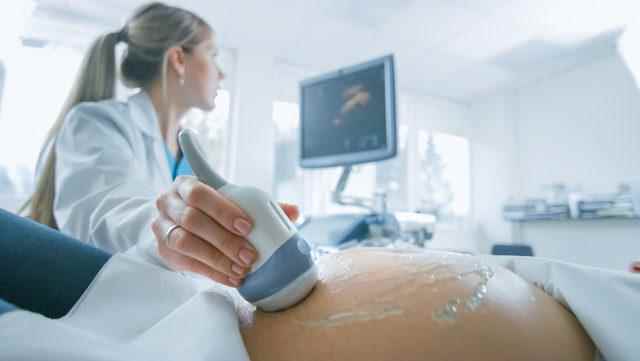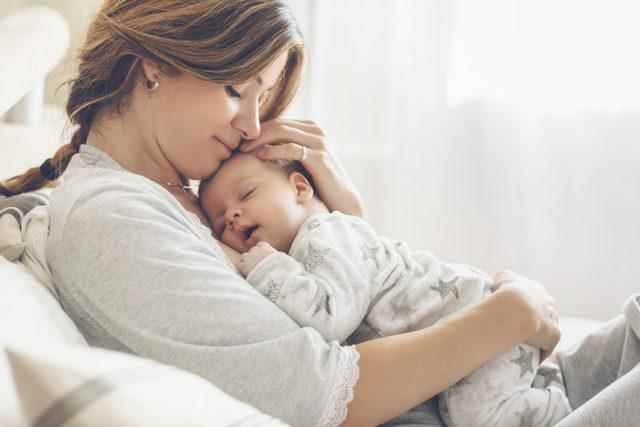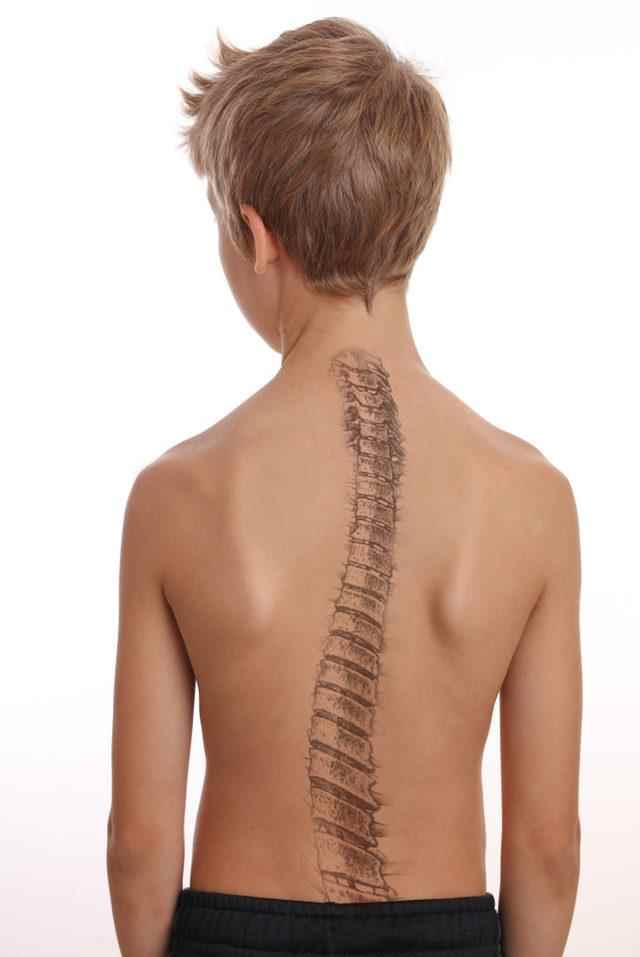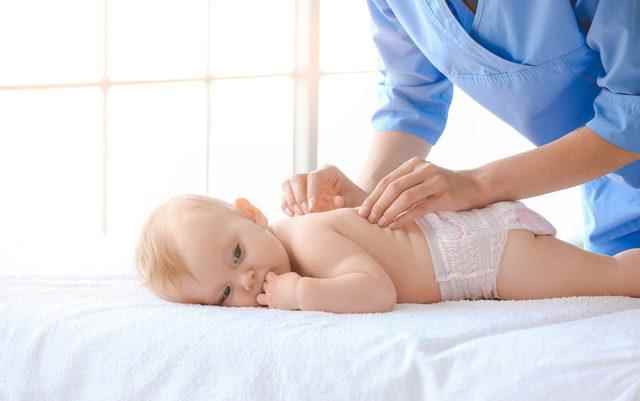Acıbadem Maslak Hospital Spine Health, Orthopedics and Traumatology Specialist Prof. Dr. Ahmet Alanay emphasizes that early diagnosis also determines the method of treatment in congenital scoliosis, which is estimated to occur in 1 out of every thousand live births and is the most common cause of scoliosis after adolescence.
6 IMPORTANT POINTS YOU SHOULD KNOW ABOUT CONNECTED SCOLIOSIS!
prof. Dr. Ahmet Alanay, in his statement within the scope of June – Scoliosis Awareness Month, where activities are held all over the world in order to raise social awareness against scoliosis, explained 6 important points that should be known about congenital scoliosis, and made important warnings and suggestions.
IT CAN BE DETECTED DURING PREGNANCY
The spine development of the baby in the womb is completed in the first three months. Congenital scoliosis is a deformity that occurs due to the inability of the vertebrae or vertebrae to develop fully or to remain attached to each other during the formation of organs in the mother’s womb. After these are diagnosed, they are followed throughout the pregnancy and the child is followed up by the specialist physician after the birth. Congenital scoliosis; Although it is thought that in addition to genetic factors, lack of oxygen during pregnancy, smoking, use of alcohol and some drugs, the exact cause is unknown.

EARLY DIAGNOSIS IS CRITICAL
Early diagnosis and treatment are very important in scoliosis. Congenital scoliosis is usually progressive and requires treatment. Early diagnosis prevents the treatment of the curvature from becoming difficult and complicated, and reduces the size and risks of the necessary surgery. Growth is less affected. For this reason, expert opinion should be sought and early treatment of progressive scoliosis should be done as soon as the spine curvature is detected.

EARLY DIAGNOSIS ALSO DETERMINES THE METHOD OF TREATMENT
prof. Dr. Ahmet Alanay states that when the diagnosis is made during pregnancy or just after birth, if the curvature is not severe, the baby is followed up, and if the curvature is severe, he summarizes the treatment process as follows: “Early diagnosis also determines the method of treatment. Body cast is applied as the first treatment. Generally, a plaster or corset does not provide a full recovery, but it helps to gain time for the child to reach the appropriate age for surgical intervention.

In case of progression of curvatures, surgical treatment is applied. Although it is recommended for the child to grow up to 3 years of age and the surgery to be performed at the age of 3 years or later for surgical treatment, with today’s technology, we can perform surgery at the age of 1 for necessary curvatures. Regardless of the age at which surgery is performed, children with congenital scoliosis are followed up for new curvature until the end of adolescence.”
OTHER PROBLEMS CAN ACCOMPANY CONNECTED SCOLIOSIS
Since congenital scoliosis is a condition that occurs during the development of organs in the mother’s womb and is caused by a coding error in the development of the spine, other organs may also be affected. It may be accompanied by heart, kidney ailments and problems involving the spinal cord. Congenital scoliosis has a more aggressive course compared to scoliosis seen in adolescence and requires more surgical intervention. Since it is a type of scoliosis that starts while in the womb and is progressive, it seriously affects the development of the trunk and lungs, and if not treated, it can shorten the life span due to lung problems.

ATTENTION TO WRONG THOUGHT!
One of the most important misconceptions about congenital scoliosis in society; delaying the operation until the age of puberty so that ‘the growth of the child does not stop’ in progressive curvatures. Today, with the developments in technology and medicine and the experience of physicians, these surgeries can be performed around 1-1.5 years old. The earlier the surgery is performed, the less the growth is affected and the less complications associated with the surgery.
HIGHER CHANCE TO BE TREATED TODAY, BUT!
prof. Dr. Ahmet Alanay said, “With today’s possibilities, success in treatment is possible, but it is a more difficult process compared to adolescent scoliosis. The difficulty of treatment depends on the presence of one or more spinal anomalies causing scoliosis. If there is developmental delay or adhesion in too many vertebrae, treatment is more difficult. The role of corset and exercise is limited. Success is achieved with a well-planned and applied surgery. I would like to emphasize once again that; Early diagnosis of the curvature before it reaches very large dimensions is of great importance for the success of the treatment.
